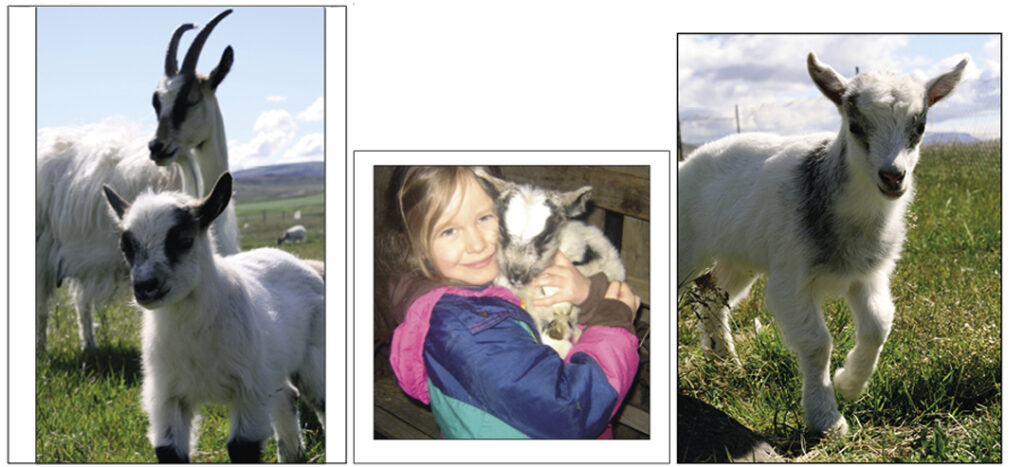The Icelandic goat came to Iceland with the settlers and is therefore sometimes called the settlement goat.
Since then, goats have not been brought to the country for about 1150 years. Today, there are only about 1600 animals. It is thus probably one of the smallest, isolated goat populations in the world and is in immediate danger of extinction due to low numbers.
The goat is considered the oldest useful animal of man, and goat’s milk is the most used milk for human consumption in the world. In the Western part of the world, cow’s milk has actually gained ground, but this is not the case in most parts of the world. Goat’s milk is much more suitable for humans, as it is easier to digest and therefore there is much less risk of intolerance than from cow’s milk. Goat’s milk is especially good for babies who cannot get their mother’s milk.
The largest home of the Icelandic goat is at Háafell in Hvítársíða, but there the couple, Jóhanna Þorvaldsdóttir and Þorbjörn Oddsson, have bred goats for more than 30 years. During the winter, there are about 220 goats, and then in the spring around 140 does produce roughly 200 kids
At Háafell, visitors who are interested in getting to know the Icelandic goat are welcomed. They are working hard to build knowledge and use the products that the goats produce, such as the wool and meat, as well as the milk — which is also useful for making cheese. Even the horns are used for elegant crafts, e.g. tobacco horns and buttons.
You can familiarize yourself with the activities at Háafelli on: www.geitur.is you can also contact Johanna at: [email protected]





